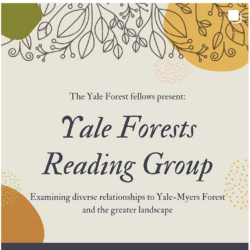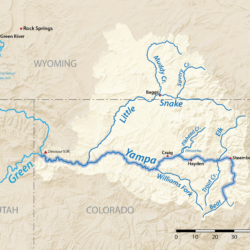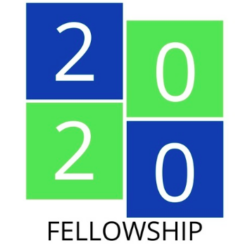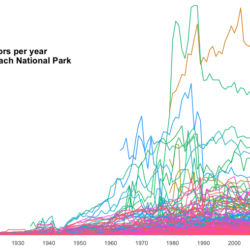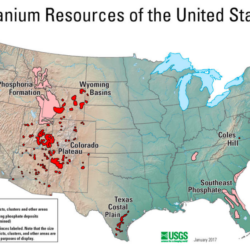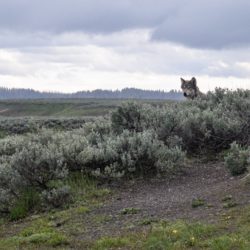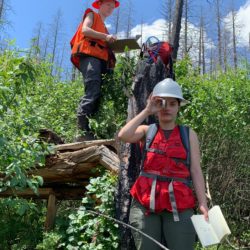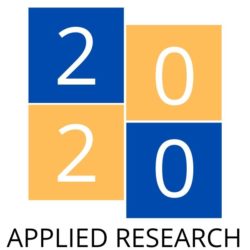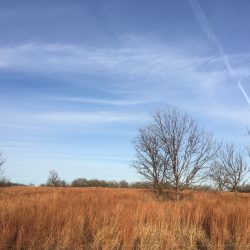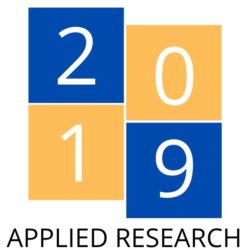Approaches to Pinyon Pine Management — Paul Berne Burow
The pinyon pine is not what you might call “charismatic megaflora.” North America’s Pacific and Intermountain West are home to some remarkable trees: the California redwood (the tallest), Giant Sequoia (the biggest), and Bristlecone pine (the oldest). The pinyon pine is a scrubby little tree that forms a short, round crown. It does not reach Read more about Approaches to Pinyon Pine Management — Paul Berne Burow[…]

